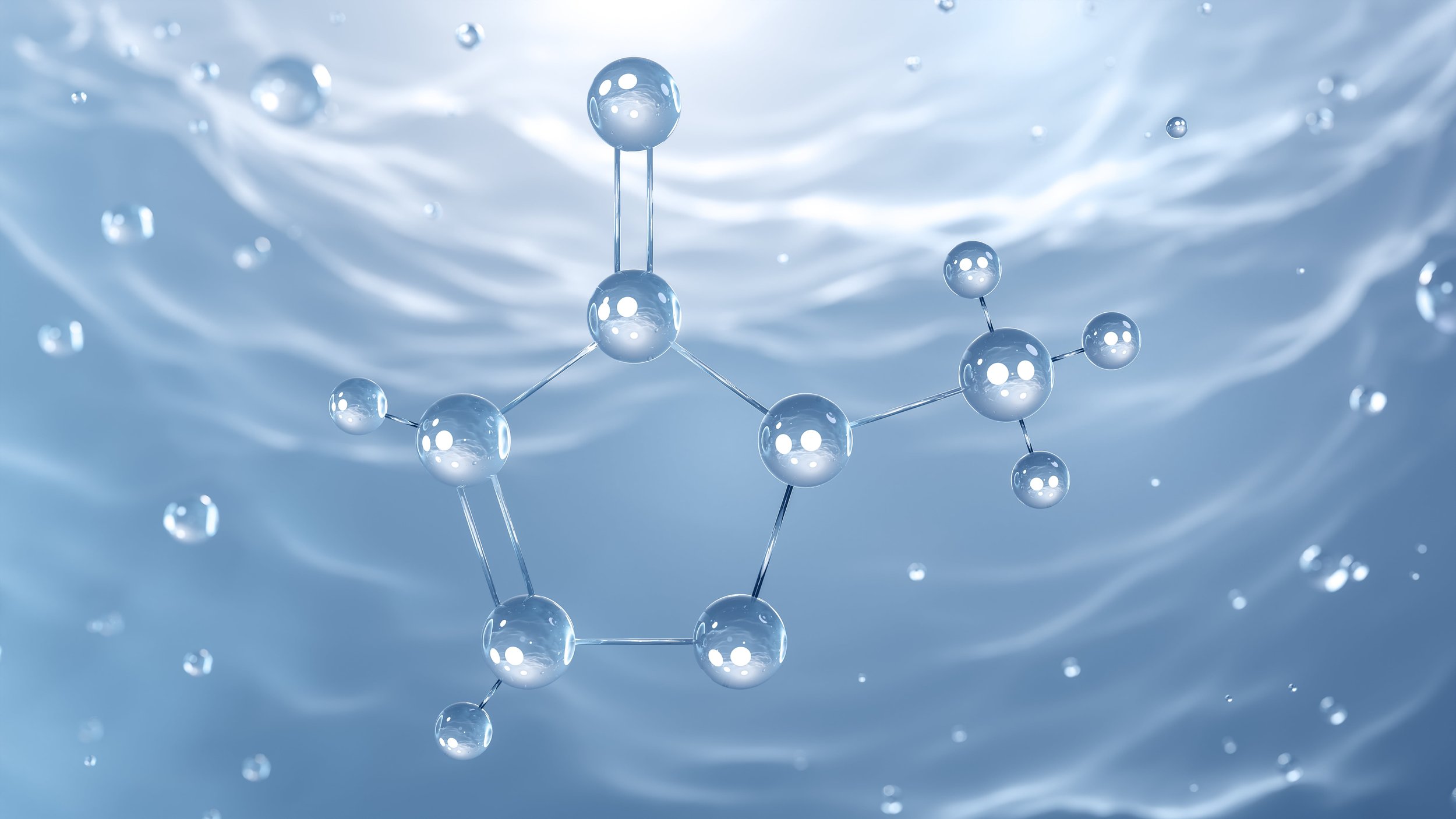Biocides
Biocides
A biocide is a product that is intended to control harmful microorganisms by chemical means. When selecting a biocide for use in a system; whether as a biocidal flush, maintenance dose or a shock dose, several factors need to be considered. This includes contact time, concentration, pH, and efficacy against microbiology present in the system amongst other factors. The choice between oxidising and non-oxidising biocides depends on many factors that are mentioned below. In some cases, a combination of both types of biocides may be used synergistically to achieve comprehensive microbial control while minimizing adverse effects. Furthermore, WTP have invested heavily in conforming to the BPR, and latterly the GB BPR, to ensure that you get a wide range of biocides to use that comply with the latest GB BPR regulations.
Use biocides safely, always read the label!

